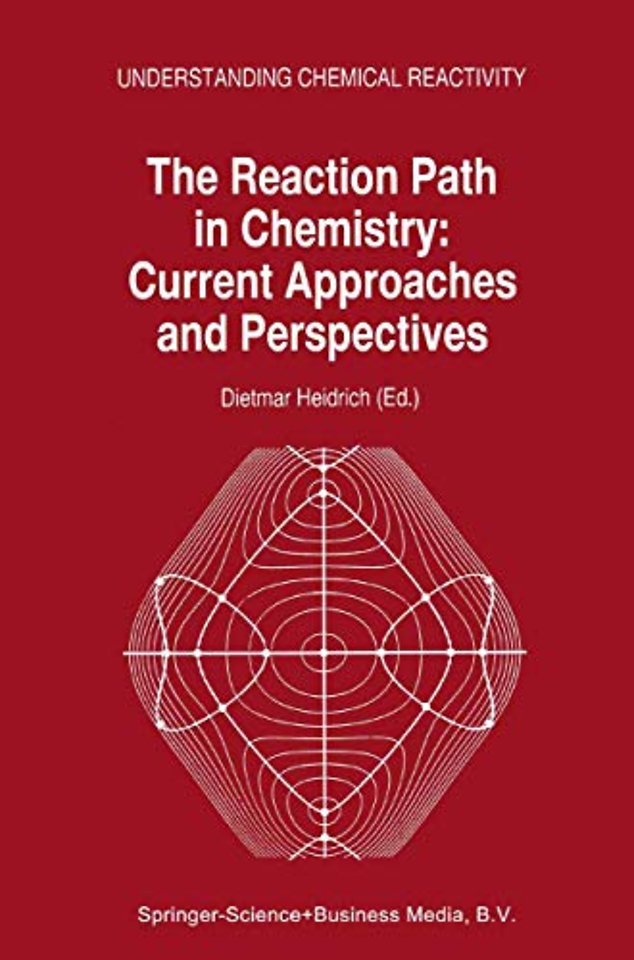The Reaction Path in Chemistry: Current Approaches and Perspectives
Paperback Engels 2010 9789048145867Samenvatting
The so-called reaction path (RP) with respect to the potential energy or the Gibbs energy ("free enthalpy") is one of the most fundamental concepts in chemistry. It significantly helps to display and visualize the results of the complex microscopic processes forming a chemical reaction. This concept is an implicit component of conventional transition state theory (TST). The model of the reaction path and the TST form a qualitative framework which provides chemists with a better understanding of chemical reactions and stirs their imagination. However, an exact calculation of the RP and its neighbourhood becomes important when the RP is used as a tool for a detailed exploring of reaction mechanisms and particularly when it is used as a basis for reaction rate theories above and beyond TST. The RP is a theoretical instrument that now forms the "theoretical heart" of "direct dynamics". It is particularly useful for the interpretation of reactions in common chemical systems. A suitable definition of the RP of potential energy surfaces is necessary to ensure that the reaction theories based on it will possess sufficiently high quality. Thus, we have to consider three important fields of research: - Analysis of potential energy surfaces and the definition and best calculation of the RPs or - at least - of a number of selected and chemically interesting points on it. - The further development of concrete vers ions of reaction theory beyond TST which are applicable for common chemical systems using the RP concept.
Specificaties
Lezersrecensies
Inhoudsopgave
Rubrieken
- advisering
- algemeen management
- coaching en trainen
- communicatie en media
- economie
- financieel management
- inkoop en logistiek
- internet en social media
- it-management / ict
- juridisch
- leiderschap
- marketing
- mens en maatschappij
- non-profit
- ondernemen
- organisatiekunde
- personal finance
- personeelsmanagement
- persoonlijke effectiviteit
- projectmanagement
- psychologie
- reclame en verkoop
- strategisch management
- verandermanagement
- werk en loopbaan

